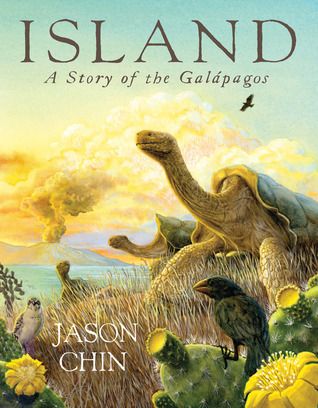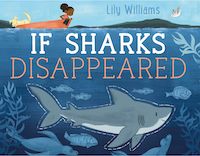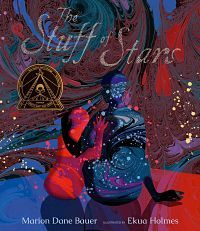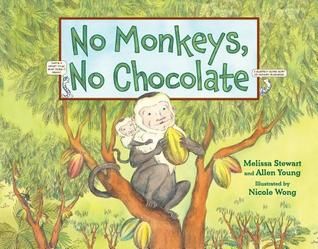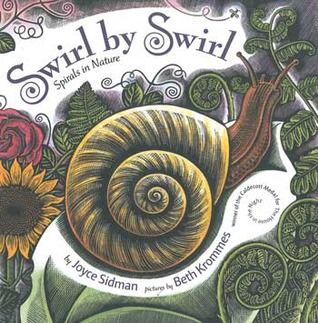One thing I’ve learned as I’ve spent more and more time getting to know contemporary illustrators and authors is that my favorite genre of picture book is nonfiction, and in particular, I like learning about science through picture books more than through any other medium. I’m not talking about the type of book you find in a classroom so you can write reports on an animal, but rather a well-researched and literary codex that can engage me on intellectual and aesthetic levels. Kids love science. One of the few bright spots of this pandemic is all the extra time I’ve spent with my twin nephews, fiercely intelligent little boys who, and I say this with an entirely serious and not at all precious sincerity, have taught me a ton of interesting things this year. It takes a village to supplement Zoom preschool, and reading science picture books with them has been a treat for all three of us — and the rest of the family, who now all know A TON about bugs, space, chameleons, the island of Madagascar, inches versus centimeters, and more. Even though I liked science fine enough growing up, what kept me from pursuing it as a college major or a career is the way it’s traditionally taught in the United States: micro first, macro second; it’s as if you’re not allowed to learn the way big stuff works unless you can draw a diagram of a cell and name every part of it. I for one would probably be better at remembering what the rods do and what the cones do if I had first gotten to learn about the science of sight from a more “this little guy talks to this other little guy and sends neural messages to this third guy” perspective before learning the minutiae. If I can understand the general flow of things, I am much more interested in (and will do a better job of grasping) the technical bits. Other people are wired to learn the other way, and I’m a bit jealous of you! But if your mind is narratively oriented like mine, you might be attracted to some of these spectacular works of scientific art that absolutely dazzle, no age limit required. Thankfully, we are in an age where technology has given us pretty amazing quality scans of illustrations, but if you have access to the print books via store or library, you won’t regret opting for that instead. Note: I’m specifically going for expository nonfiction here, so you won’t see biographies of famous (or under-recognized) scientists here, nor will you see fiction about kids doing science. That is an area where picture books are really excelling, and there is really great diversity in who is covered and highlighted. But for now, I’m focusing on scienCE, not scienTISTS.
